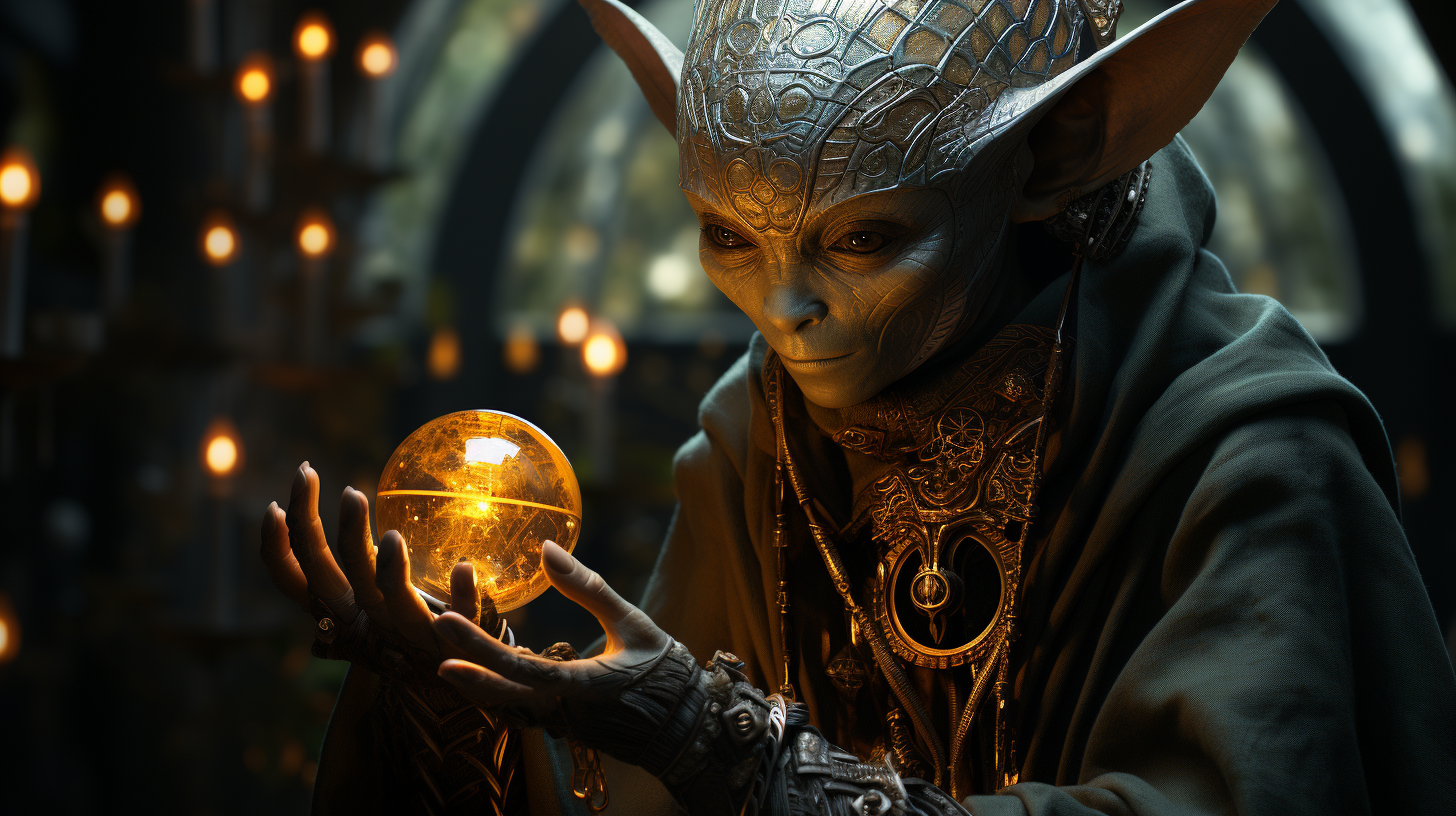Exploring the Spiritual Expedition
Deep in the tranquil surroundings of Mount Yudono in Japan, within the ancient Dainichibo Temple, lies a powerful symbol of faith and spiritual elevation—the preserved body of Daijuku Botasutu Shinnyokai Shonin, a revered Buddhist monk recognized as sokushinbutsu or a living Buddha. Venturing on the path of self-mummification, a sacred ritual observed by Shingon sect monks between the 11th and 19th centuries, weaves together the realms of existence, mortality, and transcendental awareness in a captivating narrative.
Unveiling a Secretive Tradition
Exploring the extraordinary saga of Daijuku Botasutu Shinnyokai Shonin reveals a unique form of enlightenment achieved through a perplexing endeavor—an intentional self-mummification process that commenced six years before his peaceful passing at the age of 96. Originating from the northern regions of Japan, Shingon monks embarked on this extreme expedition as an act of spiritual commitment and selflessness.

Encountering Mystical Transformation
The paradoxical nature of urushi tea, both lethal and spiritually potent, bestowed upon the practitioners a divine essence, making their flesh unpalatable even to maggots—an eerie testament to the profound metamorphosis these monks underwent. Cloaked in a meditative chamber with scarce air supply, these monks entered a cocoon of isolation and profound contemplation.
Upon unveiling the chamber after the 1,000-day period, the fate of the monk was revealed. Those who successfully achieved self-mummification were revered as living Buddhas, attired in sacred garments and enshrined in temple sanctuaries, while those who did not complete this transformation underwent an exorcism prior to their interment. Surprisingly, out of the numerous attempts at sokushinbutsu, only 24 monks triumphed, prompting reflection on the incentives driving such exceptional dedication.
A Journey to Transcendental Realms
At the heart of this enigmatic practice lies the belief in rebirth—a fundamental principle of Buddhism. According to the Shingon sect, those who attained self-mummification transcended the cycle of rebirth, ascending to higher planes of existence. For these monks, this passage signified not just death, but a suspended state between the physical and the metaphysical.
Their preserved bodies, vessels of this transcendental state, symbolized gateways to an ethereal realm—an extension of life surpassing human comprehension. This concept echoed the teachings of Siddhartha Gautama, the original Buddha, who embodied a delicate balance between human qualities and extraordinary capabilities, often depicted as semi-divine or even extraterrestrial.
An Investigation into the Enigmatic Universal
Could the aspirations of the self-mummified monks have been inspired by the life of Siddhartha Gautama? Could their pursuit of a higher realm through self-mummification stem from a desire for the extraordinary and a connection to cosmic origins? As Siddhartha Gautama displayed abilities beyond the ordinary, speculations arise about the potential extraterrestrial heritage of the first Buddha—a notion that might have influenced the aspirations of Shingon monks.
Video:
Concluding Thoughts
The enigmatic heritage of Japan’s self-mummified monks stands as a testimony to the depths humans will explore in pursuit of spiritual enlightenment. Their intricate journey, rooted in the belief of suspended animation and elevated realms, offers a captivating glimpse into the convergence of mortality and mysticism. In a realm where the lines between life and death blur, the quest of these monks epitomizes unwavering devotion and the eternal pursuit to understand the cosmos and our role within it.
